The Renault Vanderbilt Racer in Germany
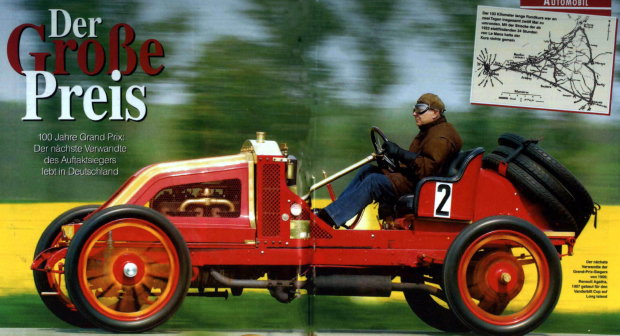
In July 2006 the German magazine Oldtimer Makt published an article on Agatha, the Renault Vanderbilt Racer owned by Wolfgang Auge in Germany. Mr. Auge sent this article to Marvin McFalls who had it translated by his friend Michael Muller.
With appreciation to Wolfgang, Marvin and Michael, this translated article is posted below.
Enjoy,
Howard Kroplick
Oldtimer Markt, July 2006
Grand Prix
100 years of Grand Prix
Bt Gregor Schulz, translated by Michael Muller
The closest relative to the winner of the inaugural race resides in Germany
Tractor drivers enjoy a clear advantage. If you’re familiar with vintage agricultural machinery you won’t be surprised in this Renault. What? After all, this is a race car to the core!
When this car was built, the invention of the gasoline-powered, self-propelled horseless carriage was just twenty years old. Although at the time one novelty was chasing the next, in retrospect there were only a few epochal events that proved to be sustainable over decades or even linger to this day. In spite or perhaps because of this it is hard to tell what deserves more attention: the historical event itself or the vehicle connected with it? You don’t find century old survivors out of sheet metal and steel at every corner! So we really need to tell two stories.
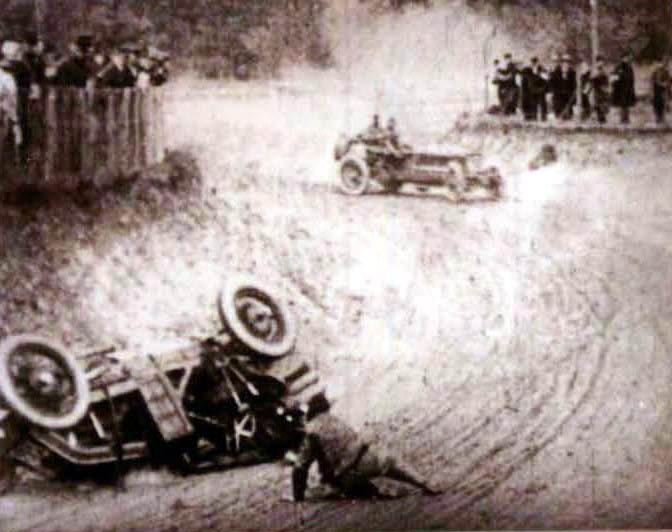
First, there were the brothers Renault - Louis, Fernand and Marcel - who had been building cars since 1898. Like most designers at the dawn of the automobile Louis and Marcel Renault were avid racers, until Marcel was killed in the 1903 race Paris-Madrid. After a short break Renault participated in racing again. The advertising value of sporting successes was too big to ignore.
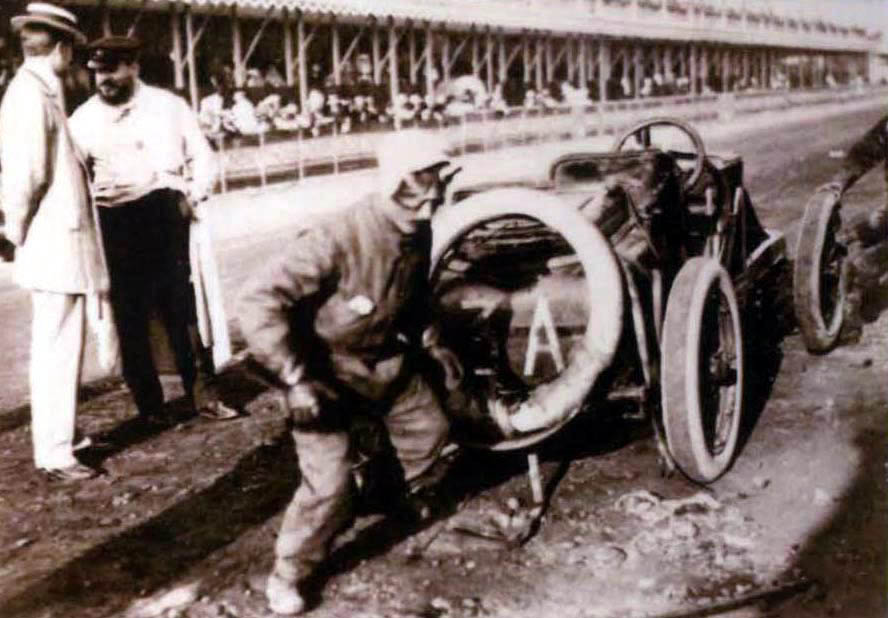
Then there was the wealthy New York publisher James Gordon Bennett Jr., who in 1905 stopped sponsoring the race named after him. Since 1900 the Coupe Gordon Bennett was the most important competition in the automobile world. With the end of the Gordon Bennett Cup the Automobile Club de France, or short ACF, felt the need to step up and provide an equivalent successor, especially since the French company Brasier had taken home the last Gordon Bennett Cup.
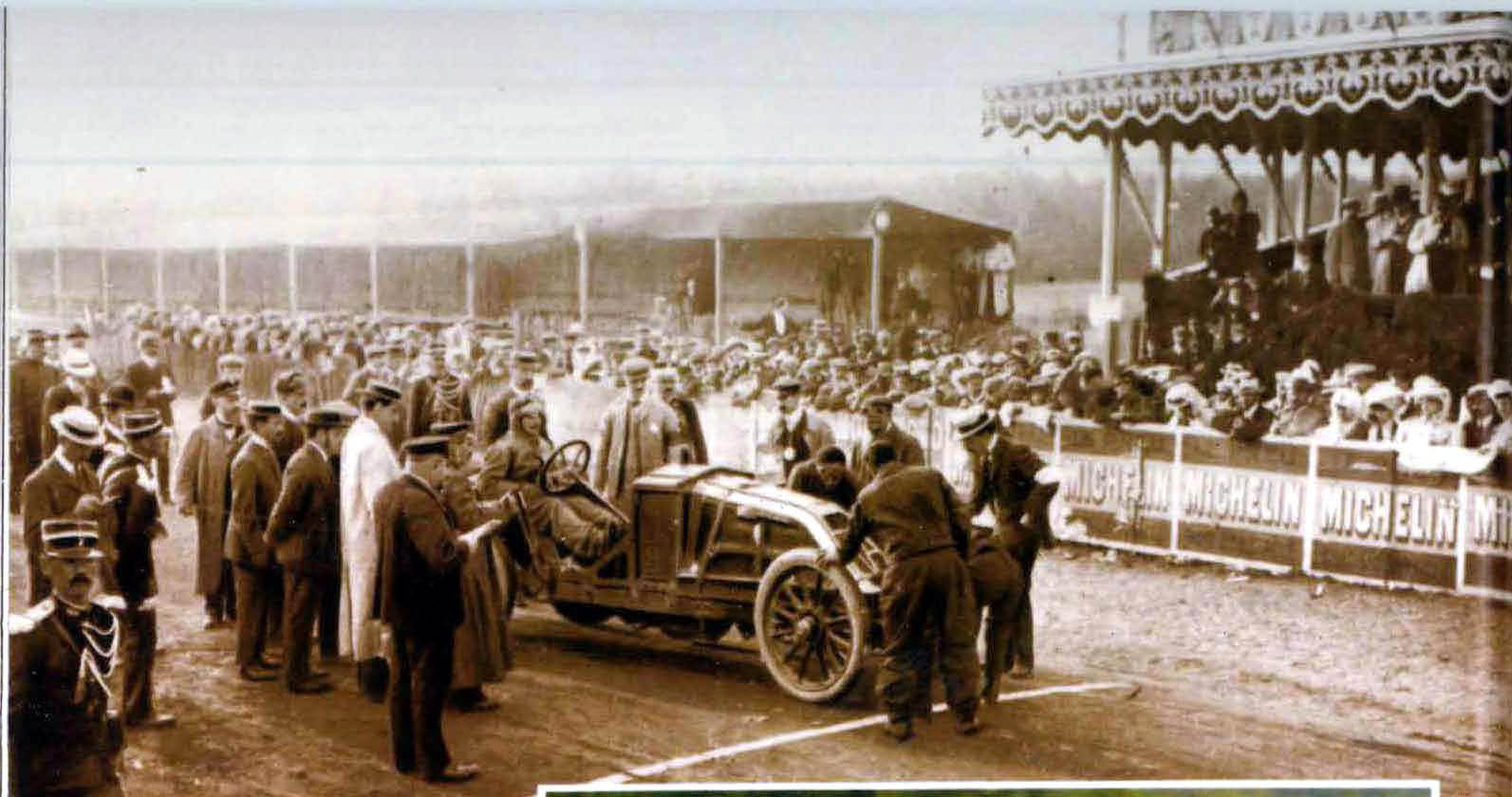
The race which the ACF finally hosted on June 26 and 27, 1906 outside the gates of the old episcopal town of Le Mans was more than a milestone, at least in retrospect. Not because the ACF came up with a new mode of racing, but because this race was the first ever in the history of motorsports using the title “Grand Prix”. As such it constitutes the beginning of modern racing!
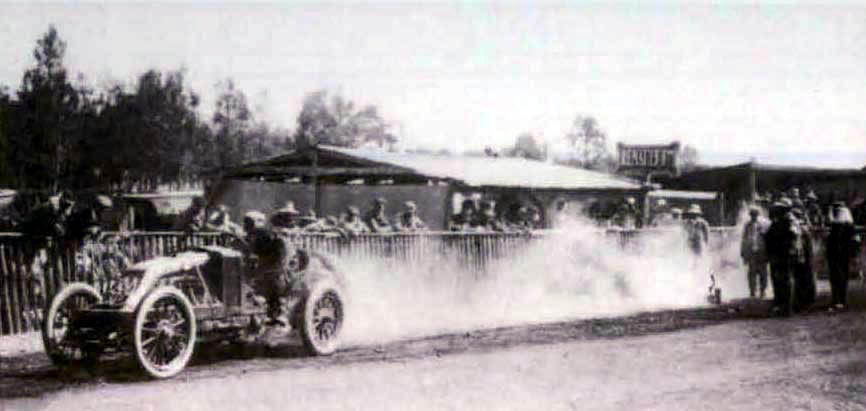
Thirty-two cars took up the challenge. It was required to cover a total of 1236 kilometers (about 775 miles) on two consecutive days. In other words, six laps per day, each 103 kilometers (65 miles) long. The winner hailed from Hungary, his name was Ferenc Szisz. His car however was French: a Renault AK. It sported a huge in line-four with 12,829 ccs (a whopping 783 cu inch), which at cozy 1200 rpm transferred 90 hp to the rigid rear axle, which made due without a differential.
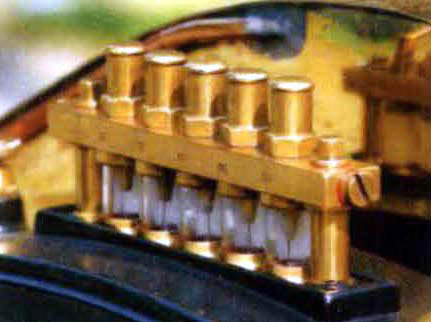
Engine displacement was unrestricted, contrary to the maximum weight of 1000 kg, yet the ACF came up with surprisingly progressive regulations and limited fuel consumption: a race car could only consume 30 liters of fuel per 100 kilometers (approx. 7.8 mpg). Formula One rules today ignore fuel consumption completely, and current race cars burn around 70 liters (3.4 mpg). In addition the exhaust pipes had to point up in 1906, to avoid too much dust swirls on the unimproved roads.
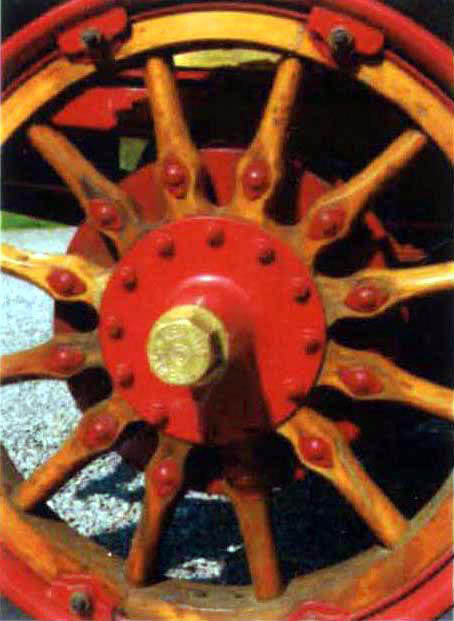
Renault's secret for success were the tires, or rather, the rims: Michelin had developed a new system in which the wheel together with the rubber was attached to the wheel hub with eight nuts. This way a tire change took just two minutes! Fiat and Clement-Bayard also used the same rims and finished second and third.
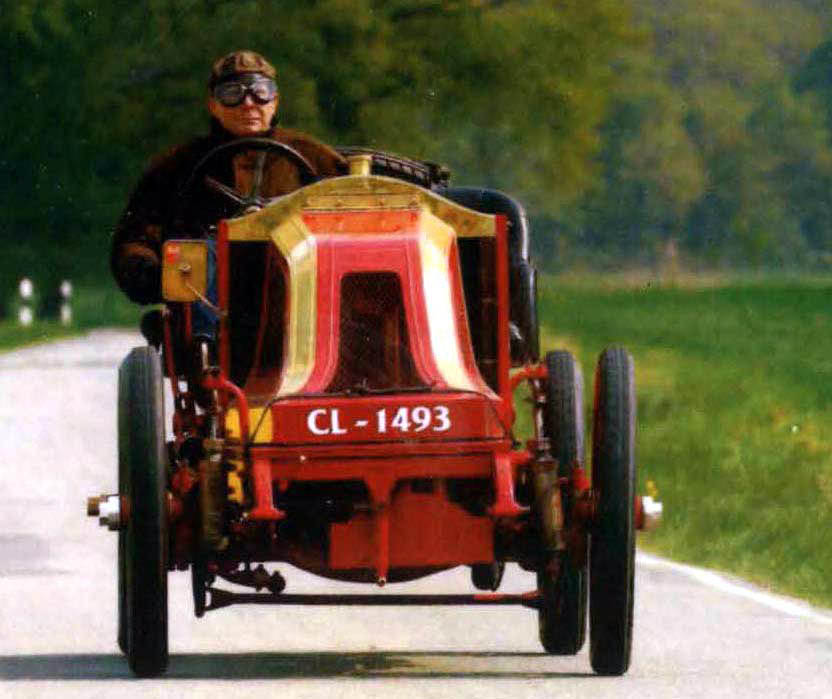
Renault’s success did not go unnoticed across the Atlantic. At the initiative of sponsor William Kissam Vanderbilt II, who in 1904 organized the race for the Vanderbilt Cup on Long Island, Renault sold eleven race car in the US in 1907. They were a slightly scaled-down version of Szisz’ grand prix racer.
.
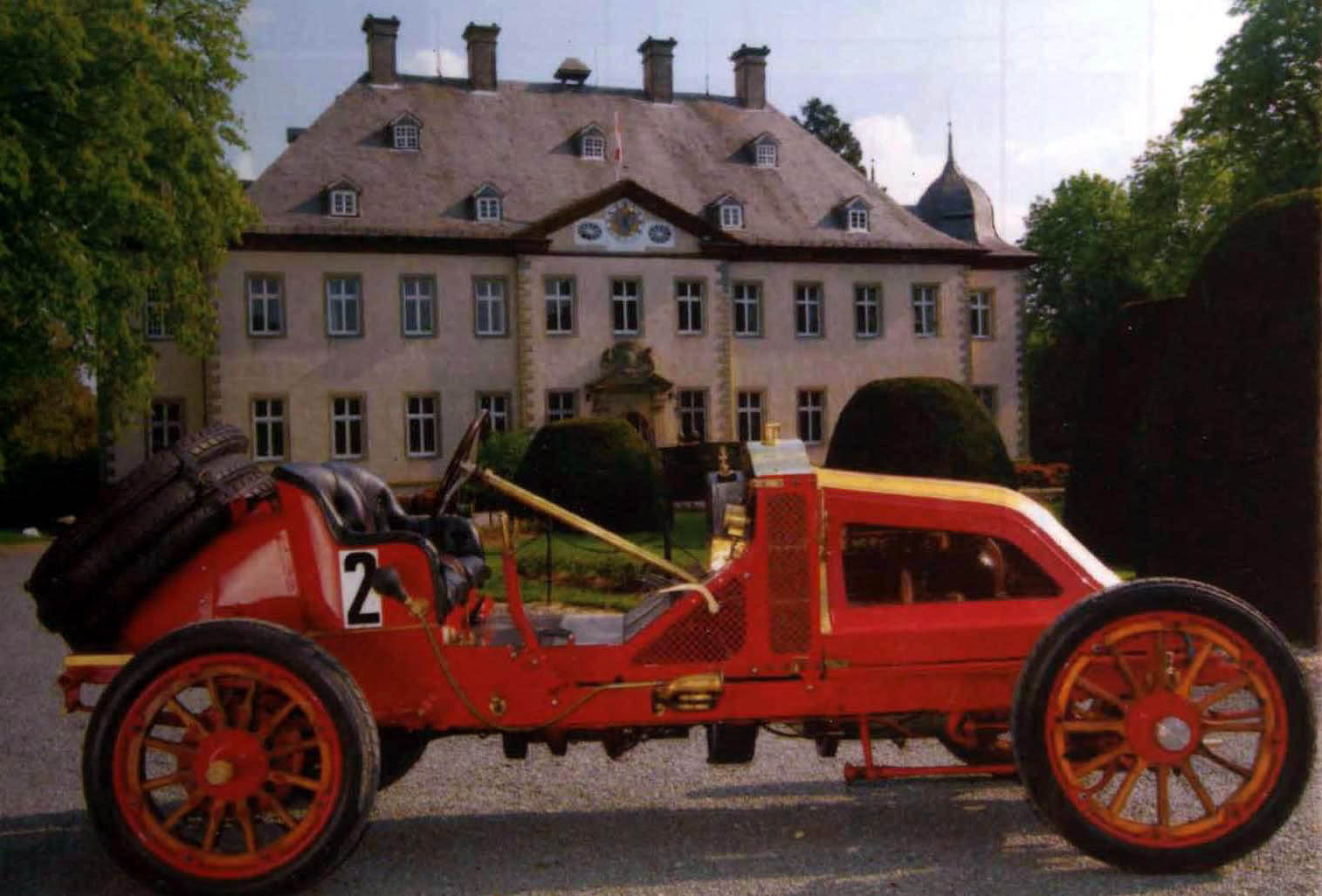
Because the winning car of 1906 got lost before the First World War, the surviving Vanderbilt-Renaults today are the closest relatives of the first grand prix winner. Wolfgang Auge from the Westphalian town of Geseke owns one of them. The Renault dealer calls his racing car almost lovingly “Agatha”. It is not entirely clear where this name originated. In any case the car had the name already in the thirties when it competed as one of the first cars ever in early classic car races. Maybe it was because Renault never assigned any official designation even to the Vanderbilt racers.
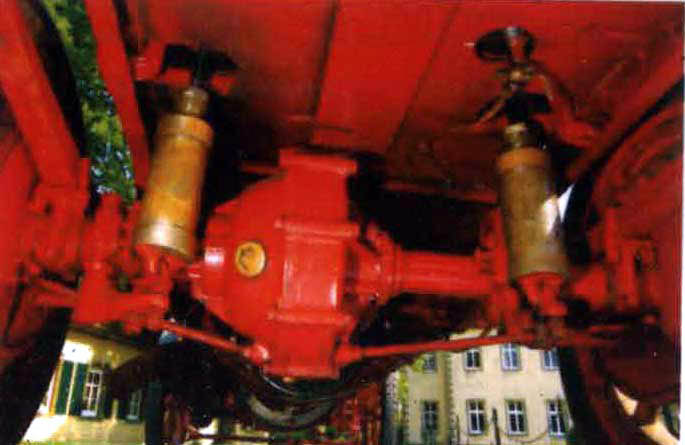
Under the sweeping hood lies a relatively leisurely four-cylinder, which develops 42 hp from 7,433 cc (454 cu in, bore x stroke: 140x130 mm). The engine is the same as in the street model AI, which Renault offered its customers between 1907 and 1914. Wolfgang Auge bought Agatha because of his enthusiasm for the company with the diamond logo. Recognized experts in the field of pre-WW I race cars rate the Renault by far the best ride of its time. This is due to the very low center of gravity. The mass center is also in the center of the car thanks to the radiator placed behind the motor, and the shaft drive. However, it is uncertain whether a hundred years ago the designers in Billancourt had exactly this in mind when they decided to build the car this way. Possibly the center of gravity and drivability were just random results without some engineer designing it intentionally.
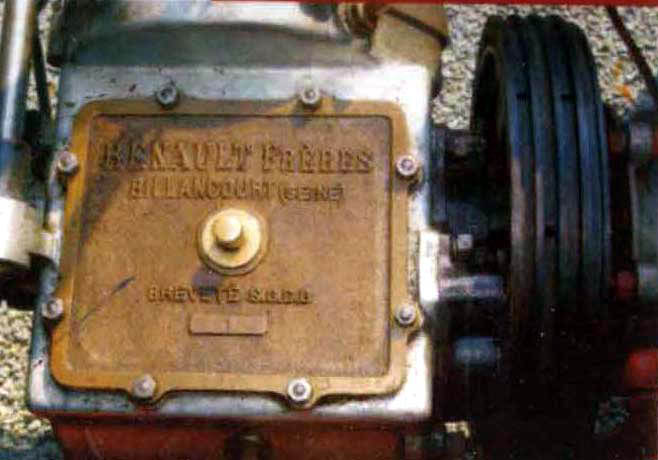
Once you’re in the coach box you can’t see the elegantly curved hood anymore. This hood was typical for Renault cars till 1930. Another typical Renault feature, the radiator positioned behind the motor, is obstructing the view of the passengers. On the other hand, next to the wheels you can see the hydraulic shocks, at the time incredibly advanced. They are not stock Renault items however, but were added a few years later in the US.
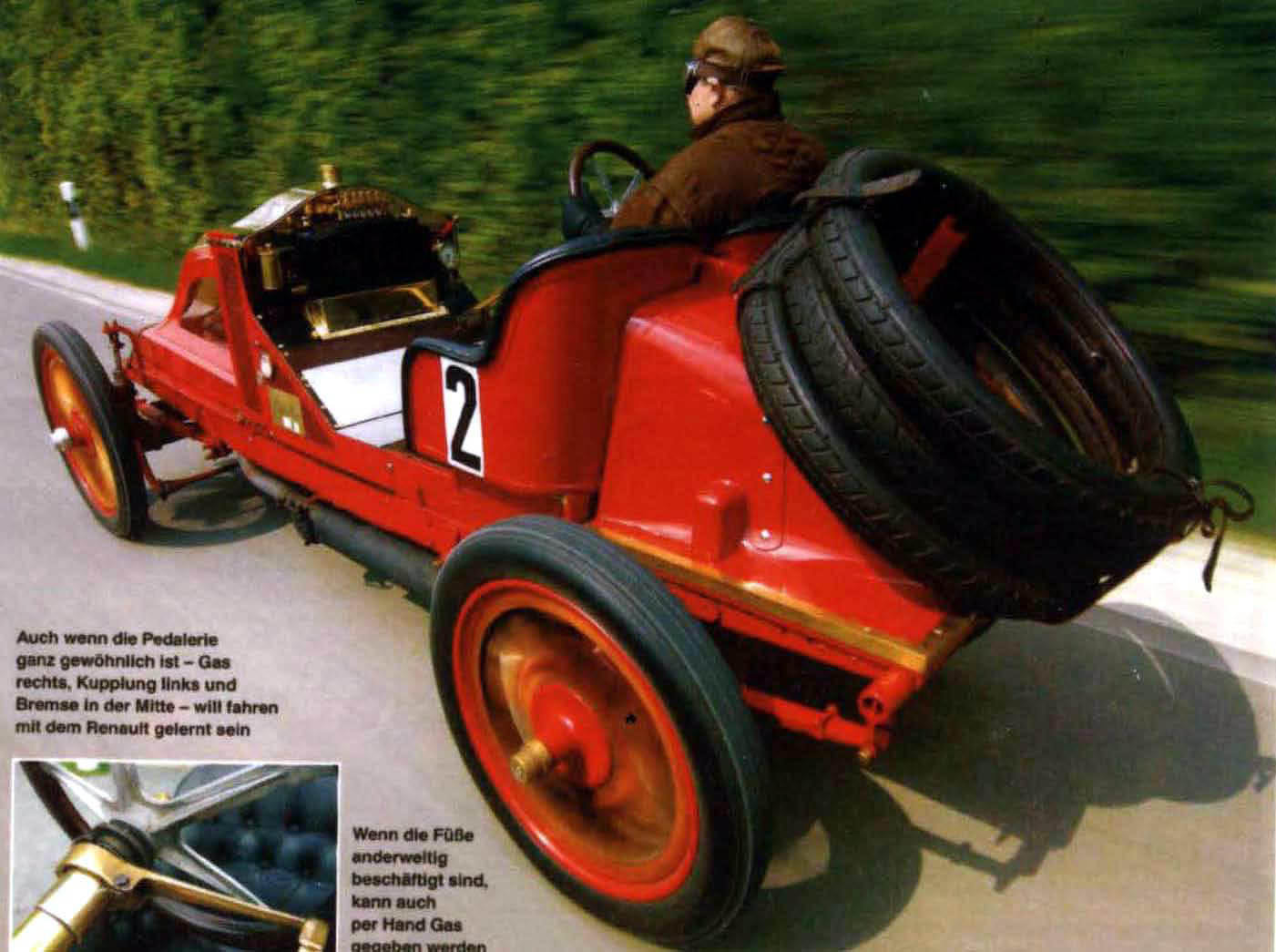
To drive Agatha one really needs three hands, because the brakes are applied best using the handbrake which is located outboard on the right. Only this lever uses the brake drums of the rear wheels. The brake pedal acts directly on the drive shaft. Louis Renault pioneered shaft drive and patented it already in l899. Even in 1906, most cars were still driven by a chain. At the beginning of the 20th century the total-loss oiling system was quite common as well. The occasional oil drop spilling onto the street after passing through the engine was totally accepted. Ideally, the 1.5 liters per 100 kilometers were collected and drained regularly.
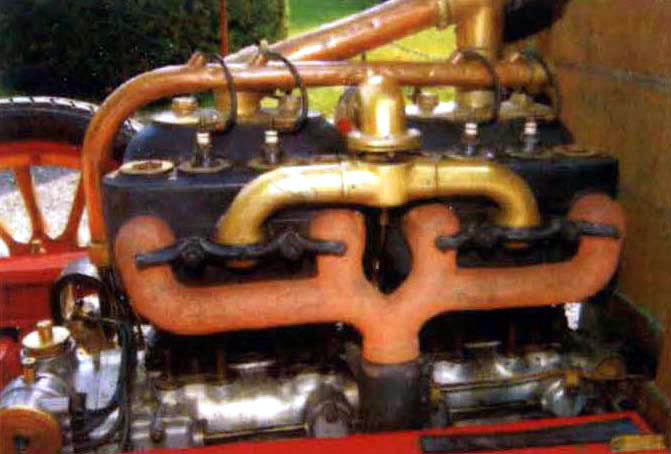
The peak power of 42 hp is delivered at 1,200 rpm. Wolfgang Auge pushes the motor hardly ever into the four-digit range. But even at lower rpms the drivability is great, because the 7.4 liter engine develops the most torque already at 800 rpm. 130 km/h (80 mph) are never a problem. Even Renault itself doesn’t own a car more similar to the winning car of the first Grand Prix than Auge’s Agatha, therefore the German has a lot to do in 2006: Agatha, the witness of the early days of the Grand Prix, will be attending a lot of celebrations—whether in Le Mans or Goodwood.
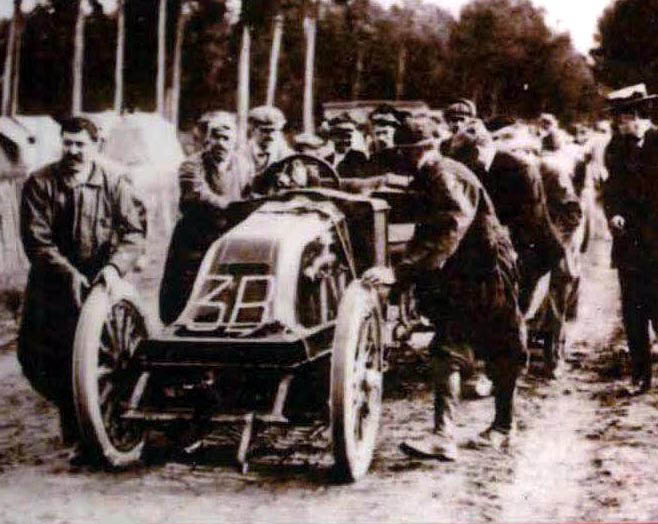
Of course, there are no more human witnesses around. Ferenc Szisz, who later took French citizenship and changed his first name to Francois, continued racing till 1914. He died in 1944 at the age of 70 in Auffargis near Paris - or did he? Years later a man appeared in Hungary claiming to be the nearly one hundred year old Szisz. His true identity remains hidden in the darkness of history. The fact that Renault still today looks after a grave in Auffargis should be proof of who the real Ferenc Szisz was.
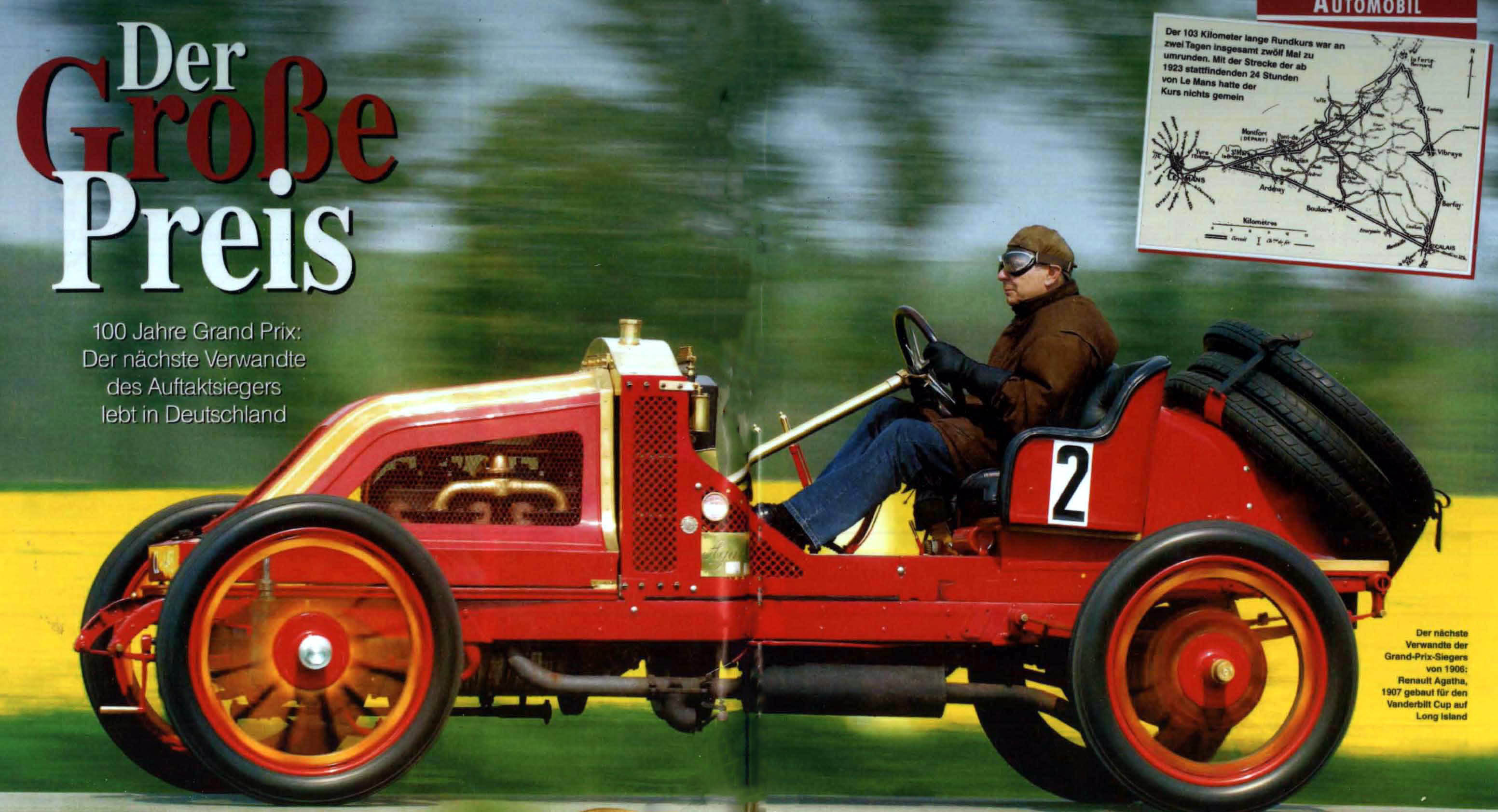
Of the twelve manufacturers participating in the first Grand Prix, three are still in business today: next to Renault, Fiat and Mercedes. Coincidence or not, a hundred years later, these three makes set the tone in Formula One racing, although Fiat uses Ferrari, and Mercedes collaborates with McLaren. It seems the past has a present and a future.

Comments
A very much different car than all the other Vanderbilt Cars I would say,that’s in body style I mean,the shape and size,shorter and it served it’s purpose as well as could be.I have more time for myself now,finally,things are going much smoother now,almost back to normal
The Allan Travis Vanderbilt Renault has a totally different chassis configuration compared to the other Vanderbilt Renaults. The Alan Travis car has a longer wheelbase and different rear spring set up. The handbrake and gear shifter are in a slightly different location along the chassis rail. It would be interesting to find out why this Vanderbilt Renault differs from the other known survivors and why it was equipped with a Brewster body.
Also the tailshaft length proves the Alan Travis car has a longer wheelbase than 112 inches.
Photo 1 shows Travis car during restoration
Photo 2 shows other Vanderbilt Renault cars tail shaft length.